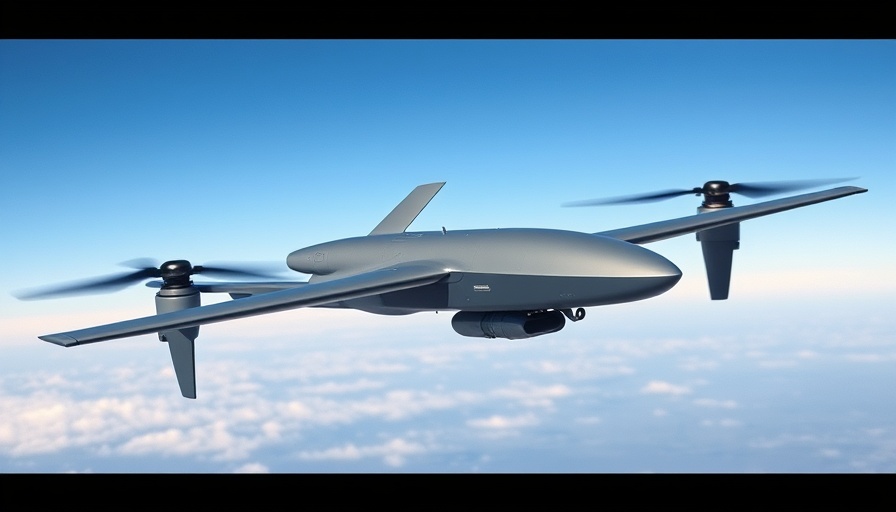
How Kindness in Healthcare Can Transform Patient Outcomes
In moments that test the limits of our human experience, the power of personal connection in healthcare becomes glaringly evident. Dr. Shaik's story about her patient poignantly illustrates how small gestures can elicit profound emotional responses, shedding light on the transformative potential of empathy in medical practices. The patient, despite her severe condition, found solace in an unexpected, heartfelt act – a simple package of hair ties. This empathy-driven approach transcends standard patient care, showcasing an essential aspect of healthcare that often goes overlooked: kindness.
The Importance of Compassion in Medical Settings
Consumer-driven industries, from hospitality to retail, frequently leverage kindness as a cornerstone of their operations. Southwest Airlines, for instance, introduced the 'One Million Acts of Kindness' initiative, which not only aims to engage employees and clients alike in acts of goodwill but also reinforces its brand identity as 'the airline with Heart.' Similarly, healthcare facilities have begun to adopt these practices, integrating compassion into patient care. Initiatives such as the ceremonial bell ringing by cancer patients celebrate treatment milestones, fostering a sense of achievement and emotional relief.
Empathy and Its Impact on Patient Health
Research underscores the reliability of empathy in enhancing patient health outcomes. A significant study, spanning over three years and involving 891 patients, revealed that those treated by physicians with high empathy ratings experienced better control of their hemoglobin A1c levels. This critical finding intimates that cultivating empathetic clinical relationships can directly influence the management of chronic conditions, thereby challenging the entrenched norms within healthcare settings.
Future Opportunities for Kindness In Healthcare
As businesses in construction and design continue to adapt to the evolving healthcare landscape, the integration of kindness and empathy into facility designs emerges as a valuable opportunity. Taking cues from the hospitality industry's approach, commercial projects can enhance patient experience by creating environments that foster healing through comfort, functionality, and supportive elements designed to ease patient stress.
Overcoming Barriers to Empathetic Care
Despite the evident benefits of kindness within healthcare practices, significant barriers exist. Systemic pressures on healthcare professionals, such as time constraints and administrative burdens, often overshadow the softer elements of patient care. By addressing these barriers through targeted training programs, system redesign, or process optimization, healthcare systems can promote a culture of kindness that both improves patient satisfaction and drives clinical efficacy.
For business owners and developers involved in healthcare facilities, recognizing the intrinsic value of designing spaces that lift spirits and reduce anxiety can not only elevate patient care but also optimize operational efficiency. As the industry moves forward, a commitment to compassion will emerge as a competitive advantage amidst a landscape increasingly focused on patient-centered approaches.
In conclusion, the impact of kindness and empathy on healthcare can no longer be overlooked. It is a call to action for all stakeholders – from construction firms to healthcare professionals – to embrace a holistic approach in patient care, one that prioritizes personal connections and fosters a supportive, healing environment.
 Add Row
Add Row  Add
Add 




Write A Comment